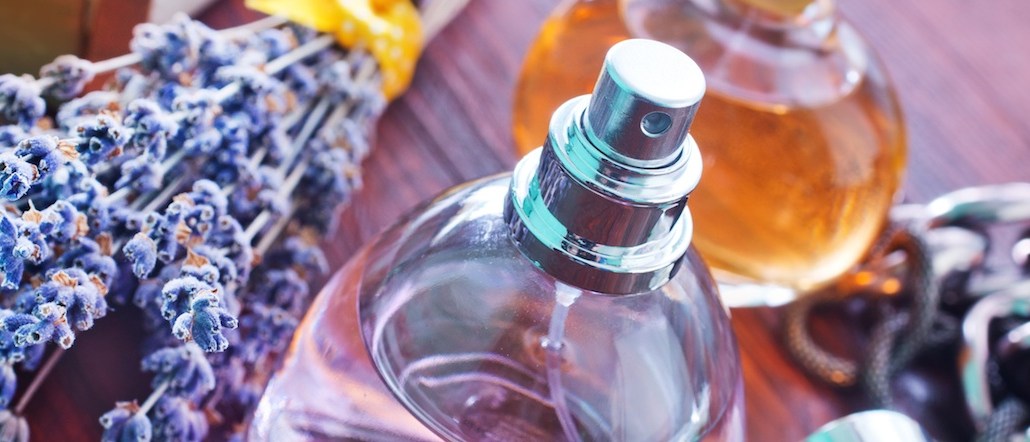
A koan for the digital age: How does one market fragrance to digital natives in a space where there is no smell?
Scentbird, a Birchbox-like subscription service for fragrances is looking to meet the millennial needs for authenticity, quality, variety and experiences. It helps users digitally identify their perfume palette with a quiz and then sends them a month’s supply of a designer perfume tailored to their tastes for $15.
“Millennials like variety. They don’t really have a ‘signature scent’ anymore,” said Rachel ten Brink, Scentbird CMO and co-founder. The company conducted a survey that found only 3 percent of the 400 millennials it surveyed had what they considered “a signature scent,” a perfume brand they were particularly loyal to. “We not only make the process of searching for fragrances online very visual but also make it a fun exploration catering very much to the millennial psychology of seeking experiences rather than products.”
The market seems to be responding. According to the “Michael Edwards Fragrances of the World” report from last year, there were more than 1,600 new fragrances launched in 2014. (In 1921, the year Chanel N°5 launched, there were five new fragrances.)
“The concept of a ‘fragrance wardrobe’ has become very popular with millennials because they can personalize and match the scent to their mood, their style, etc.,” said Geoff Schiller, chief revenue officer of Evolve Media, which recently published the “Martini Report” on millennials. “The millennial generation includes their fragrance in their personal expression.”
But while they may like variety, millennials still have an affinity for high-end luxury brands, according to a different survey by Olivia Tong, research analyst and director of U.S. cosmetics, household and personal care at Bank of America Merrill Lynch.
“For these brands to succeed, you have to be in the right channel, and have the right marketing messages and the right price,” Tong wrote.
Ad position: web_incontent_pos1
A suite of these luxury perfume sellers are crafting bespoke media-rich experiences to reach affluent audiences.
Marc Jacobs, for instance, opened a Marc Jacobs Daisy pop-up store last year, letting fans use Instagram photos of the brand as currency to purchase perfume, wallets and purses there. Every fan who uploaded a photo to Instagram with the hashtag #mjdaisychain received a small container of liquid, roll on or solid perfume. The first 10 fans who uploaded a photo received a full-size bottle of perfume. The pop-up shop also offered free manicures and prints of photos taken in the store.
In a bid to grow their own following, Estée Lauder recently launched a new fragrance called “Modern Muse La Rouge” with Kendall Jenner, who has a massive tween following and more than 34.4 million followers on her Instagram account.
Double the fun for #FanFriday ( by @thehappysloths) #ModernMuse A photo posted by Estée Lauder (@esteelauder) on
Ad position: web_incontent_pos2
Apart from these partnerships, the brand heavily invests in Instagram, which it views as an ideal platform for beauty brands for product photos, beauty inspiration and how-to’s.
“Millennials always like to be in the know of what’s new and cool, and often look at their social groups for inspiration and recommendations” said Karen Grant, the global beauty industry analyst at the NPD Group. “Brands that keep them informed and build communities are the ones that will do well.”
More in Marketing

In the marketing world, anime is following in the footsteps of gaming
As marketers look to take advantage of anime’s entry into the zeitgeist, they might be wise to observe the parallels between the evolution of anime as a marketing channel and the ways brands have learned to better leverage gaming in recent years.

With the introduction of video ads and e-commerce, Roblox looks to attain platform status
Roblox is expanding into more areas than just ads in 2024. Much like platforms such as Amazon and Facebook have transcended their origins to evolve from their origins as online marketplaces and social media channels, Roblox is in the midst of a transformation into a platform for all elements of users’ virtual lives.

PepsiCo wants to remain a ‘driver of culture’ as it turns to influencers and activations amid rebrand
The soda-maker says it can translate cultural relevance into sales volume.
Ad position: web_bfu